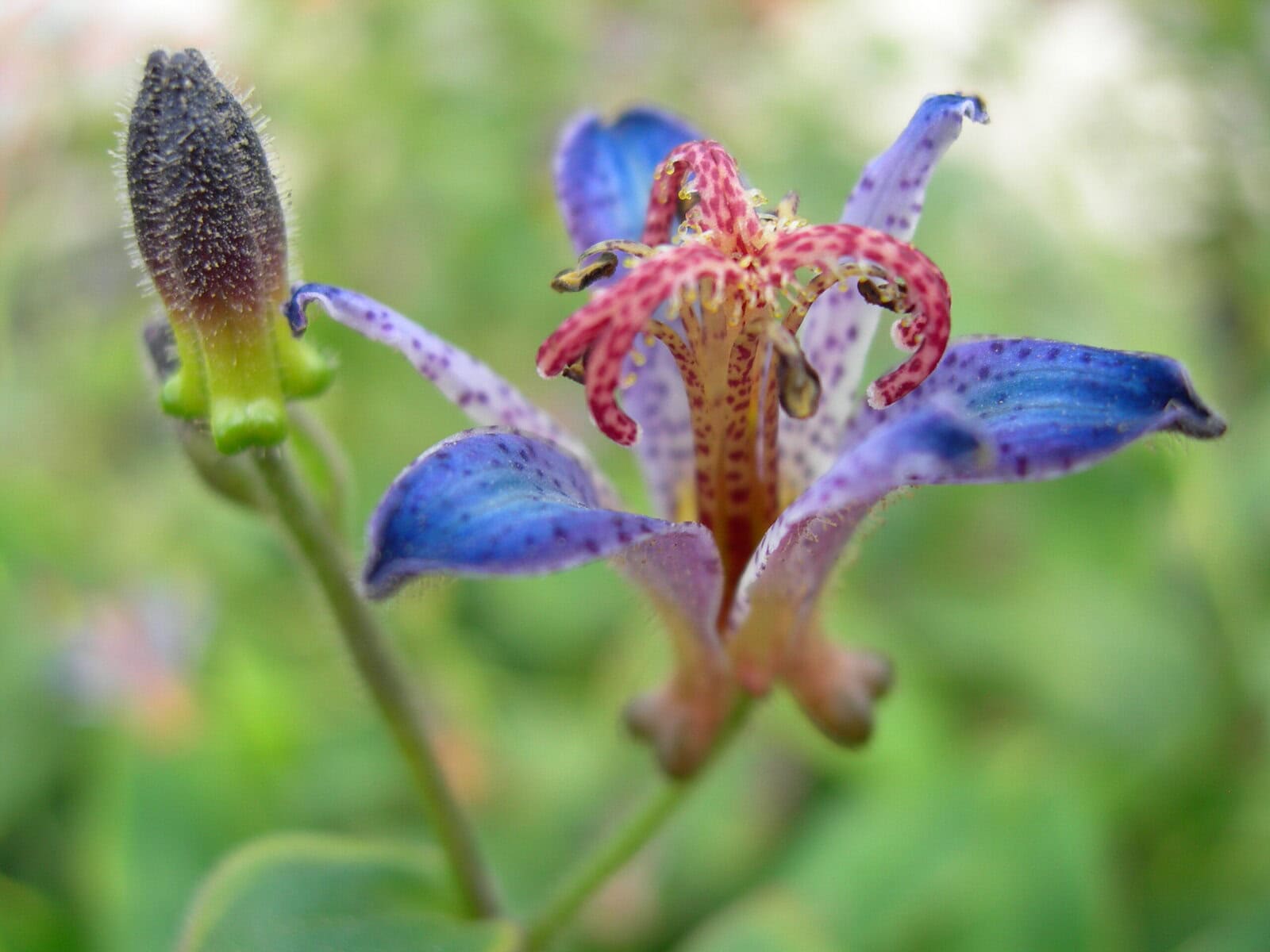Sometimes, as summer is coming to an end, our gardens can start to look tired. All our strong summer bloomers are fading, and some have been overtaken by black spot or powdery mildew.
But this does not mean that our gardens are done for the season.
In fact, you can add the following perennials and enjoy flowers for the next month or two.
Turtlehead (Chelone obliqua)
Let’s start with a native perennial — turtlehead.
Turtlehead is a clump-forming perennial native to eastern North America. The name “turtlehead” comes from the shape of its flower that resembles that of a turtle’s head emerging from its shell.
Turtlehead plants grow best in boggy areas but can optionally grow in part-shaded home gardens with about four hours of sunlight, rich, moist soil and temperate climates (USDA zones 3 through 9).
The dark green, toothed leaves are oval-shaped and have upright-standing stems that feature blooms from mid to late summer to fall. Turtlehead is available in white or pink flowering varieties as well as dwarf varieties.
Interestingly, the genus name “Chelone” dates back to a story in ancient Greek mythology. The nymph Chelone did not attend the marriage of Zeus and Hera, so she and her house were tossed into a river, where she transformed into a tortoise who carried her house on her back.
Asters
When the garden’s summer show starts to fade, asters steal the spotlight. These native, daisy-like perennials don’t just brighten your borders — they’re buzzing with pollinator drama.
Bees, butterflies and even birds can’t resist these late-season stars, making asters the must-have finale for any garden.
Cold-hardy perennials with daisy-like flowers, asters are the pollinator stars of the garden from late summer through fall.
Growing one to six feet tall, depending on variety, these upright flowering plants bear cheerful, star-shaped flower heads ranging from purple to white to blue. They perform best in full sun.
Joe Pye weed (Eutrochium purpureum)
Joe Pye weed is a native plant that grows in erect clumps up to six feet tall. It can make a wonderful backdrop to a garden border.
Tiny mauve blooms appear in round clusters or florets in midsummer to early fall. Each plant has around five to seven of these florets, and the flowers give off a light vanilla scent.
To prevent the plants from becoming overgrown and flopping over, cut them back in late winter. These full-sun lovers will tolerate dappled shade and well-draining soil, but can also tolerate damp soil. This plant is hardy from zone 4a to 9b.
Joe Pye weed is a great plant for attracting pollinators and it is deer-resistant.
Toad lily (Tricyrtis)
Toad lilies are one of those plants that very few people are aware of. This late summer/fall bloomer may have small flowers, but the details included in each speckled, orchid-like flower are amazing.
They thrive in partial to full shade gardens with consistently moist soil. There are several species of toad lilies available to the home gardener.
Tricyrtis formosana “Autumn Glow” is one of these species, with yellow and green variegated leaves and dark pink speckled flowers. Tricyrtis “Blue Wonder” is another spectacular variety with blue flower petals and pink freckling. A great addition to the shade garden.
Japanese windflower (Anemone)
There are many cultivars of Japanese anemones available on the market — too many to mention.
They range from white to light pink to dark pink flowers, both single and double flowering.
Japanese anemone prefers growing in a full sun or part-shade location with moist but well-drained soil.
The height of the different cultivars ranges from dwarf (one foot) to three or four feet high. They begin to bloom mid-to-late August and continue throughout September.
Sweet autumn clematis
While its fragrant, snowy blooms are beautiful, sweet autumn clematis (Clematis paniculata) is an aggressive, woody, seeding perennial vine that is considered invasive in some states.
The flowers attract pollinators, and songbirds use the vine as a nesting site. This plant can be cut to the ground in fall or spring because it flowers only on new wood.
This hardy (zone 3) vine prefers dappled shade or full sun and moist but well-drained soil. An extra bonus is the fact that it is also deer-resistant.
These are just a few of the perennial plants that will extend the length of your gardening season and give it continued life throughout the fall.
Joanne Young is a Niagara-on-the-Lake garden expert and coach. See her website at joanneyoung.ca
The Niagara-on-the-Lake Horticultural Society is pleased to be hosting a series of Saturday morning gardening classes, available to the public. They will be facilitated by Joanne Young on Saturday mornings at 10 a.m., and they will run from Sept. 6 to Sept. 27 at the NOTL Community Centre.
Saturday, Sept. 6 — Fall & Winter Plant Show-Offs
Saturday, Sept. 13 — Starting From The Ground UP
Saturday, Sept. 20 — The World of Bulbs
Saturday, Sept. 27 — Putting Your Garden To Bed











